Introduction
Ginkgo nuts, derived from the ancient ginkgo biloba tree, have been a culinary and medicinal staple in many Asian cultures for centuries. Revered for their unique flavor and potential health benefits, these nuts are enclosed in a hard, leathery shell and a thin, papery skin that must be removed before consumption. Peeling ginkgo nuts can be a daunting task for novices, as the process requires patience, precision, and an understanding of the nut’s anatomy. This article delves into the step-by-step methods of peeling ginkgo nuts, explores the science behind their structure, and provides safety guidelines to ensure a hassle-free experience. Whether you’re a home cook preparing a traditional dish or a curious food enthusiast, mastering the art of peeling ginkgo nuts will open doors to a world of culinary possibilities.
Understanding Ginkgo Nuts: Structure and Composition
Before diving into peeling techniques, it’s essential to grasp the anatomy of a ginkgo nut. Each nut is housed within a fleshy, yellow-brown outer shell that emits a pungent odor when ripe. Beneath this shell lies a thin, inner skin (or pellicle) that adheres tightly to the kernel. The kernel itself is creamy-white, with a slightly bitter taste and a soft, chewy texture. The challenge in peeling lies in removing both the outer shell and the inner skin without damaging the delicate kernel.
Ginkgo nuts contain a compound called ginkgotoxin (4′-O-methylpyridoxine), which can be toxic in large quantities. While cooking typically neutralizes this compound, proper peeling and preparation are critical to minimizing health risks. Additionally, the nuts’ shells release an acidic sap when crushed, which can irritate the skin and eyes, necessitating protective gear during handling.
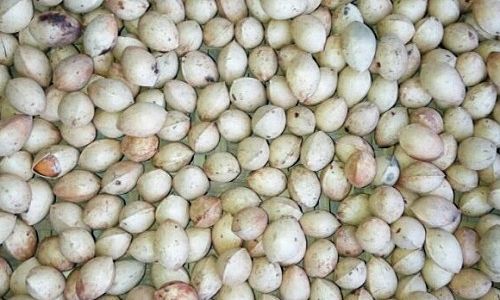
Why Peeling Ginkgo Nuts is Necessary
The outer shell and inner skin of ginkgo nuts are inedible and must be removed for several reasons:
- Texture and Flavor: The shell is fibrous and tough, while the inner skin adds a bitter, astringent taste that overpowers the nut’s subtle flavor.
- Digestibility: Consuming unpeeled nuts can cause stomach discomfort due to the indigestible shell and skin.
- Safety: As mentioned, the shell’s sap and the nut’s natural toxins require thorough removal to prevent adverse reactions.
Methods of Peeling Ginkgo Nuts
Several techniques exist for peeling ginkgo nuts, each with its own advantages and challenges. The choice of method often depends on the quantity of nuts, available tools, and personal preference.
Boiling Method
The boiling method is one of the most common and effective ways to peel ginkgo nuts. Here’s how to execute it:
-
Step 1: Preparation
- Rinse the nuts under cold water to remove dirt or debris.
- Use a nutcracker or hammer to gently crack the outer shell. Aim to create a small crack without crushing the kernel inside.
-
Step 2: Boiling
- Place the cracked nuts in a pot of boiling water.
- Simmer for 5–7 minutes. The heat loosens the inner skin and softens the shell.
-
Step 3: Shocking
Drain the nuts and immediately transfer them to a bowl of ice water. This sudden temperature change further loosens the skin.
-
Step 4: Peeling
Use your fingers or a small paring knife to gently peel away the shell and inner skin. The skin should slide off easily, revealing the pale kernel.
Tips for Boiling Method
- Add a pinch of baking soda to the boiling water to accelerate the skin-loosening process.
- Work in batches to avoid overcooking the nuts, which can make them mushy.
Roasting Method
Roasting ginkgo nuts in the oven or on a stovetop is another popular technique, particularly for those who prefer a dry-heat approach.
-
Step 1: Preheat the Oven
Set your oven to 350°F (175°C). Alternatively, use a pan over medium heat on the stovetop.
-
Step 2: Crack the Shells
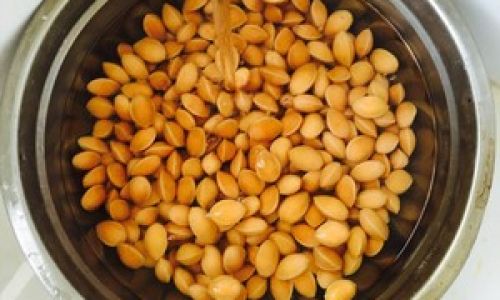
Lightly crack the outer shells using a nutcracker or the flat side of a knife.
-
Step 3: Roast
- Spread the cracked nuts on a baking sheet and roast for 10–15 minutes. Shake the pan occasionally to ensure even cooking.
- For stovetop roasting, toss the nuts in a dry pan for 8–10 minutes until they turn golden and release a nutty aroma.
-
Step 4: Peel
Allow the nuts to cool slightly, then peel off the shells and inner skin. The heat should have dried out the skin, making it easier to remove.
Tips for Roasting Method
- Roast until the nuts emit a faint popping sound, indicating the skin is separating.
- Avoid over-roasting, as this can harden the skin and kernel.
Microwave Method
For a quick fix, the microwave method is ideal for small batches.
-
Step 1: Prepare the Nuts
Crack the shells gently, ensuring the kernel remains intact.
-
Step 2: Microwave
Place the nuts in a microwave-safe dish and cook on high for 30–45 seconds.
-
Step 3: Peel
Let the nuts cool for a minute, then peel off the shell and skin. The steam generated during microwaving helps loosen the skin.
Tips for Microwave Method
- Adjust the time based on your microwave’s wattage to avoid burning.
- Use oven mitts when handling the hot dish.
Freezing Method
The freezing method leverages temperature shock to separate the skin from the kernel.
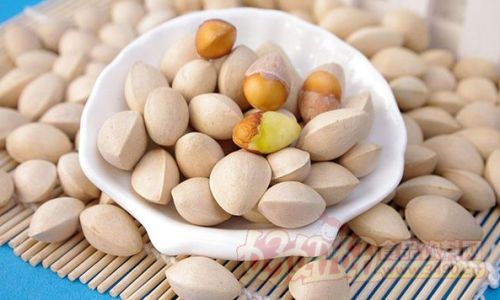
-
Step 1: Crack and Freeze
- Crack the shells and place the nuts in a freezer-safe bag.
- Freeze for 1–2 hours.
-
Step 2: Thaw and Peel
- Remove the nuts from the freezer and let them thaw for 10 minutes.
- The skin should peel off effortlessly as it contracts during freezing.
Tips for Freezing Method
- This method works best for fresh, uncooked nuts.
- Avoid refreezing thawed nuts, as this can affect texture.
Safety Precautions When Peeling Ginkgo Nuts
Handling ginkgo nuts requires caution due to their potential to cause skin irritation and allergic reactions. Follow these guidelines:
- Wear Gloves: The nuts’ shells release an acidic sap that can irritate the skin. Use disposable gloves or kitchen tongs to protect your hands.
- Work in a Ventilated Area: The pungent odor of the shells can be overwhelming. Open windows or use a fan to improve airflow.
- Avoid Contact with Eyes: If sap splashes into your eyes, rinse immediately with cold water and seek medical attention if irritation persists.
- Discard Damaged Nuts: Nuts with cracks or mold may harbor harmful bacteria. Discard them immediately.
Storing Peeled Ginkgo Nuts
Proper storage ensures peeled ginkgo nuts retain their flavor and texture:
- Refrigeration: Place peeled nuts in an airtight container and store in the fridge for up to 5 days.
- Freezing: For longer storage, freeze the nuts in a single layer on a baking sheet before transferring to a freezer bag. They’ll keep for up to 6 months.
- Avoid Moisture: Excess moisture can cause spoilage. Pat the nuts dry before storing.
Common Mistakes to Avoid
- Overcracking the Shells: Applying too much force can shatter the kernel, making it unusable.
- Skipping Gloves: Direct contact with the shell’s sap can lead to rashes or itching.
- Undercooking/Overcooking: Insufficient boiling or roasting leaves the skin intact, while overcooking results in mushy nuts.
- Ignoring Signs of Spoilage: Discard nuts with off-odors, discoloration, or slimy textures.
Troubleshooting Stubborn Skins
If the inner skin refuses to budge, try these fixes:
- Reboil or Reroast: Submerge the nuts in boiling water for an additional 2 minutes or roast them for another 3–5 minutes.
- Use a Spoon: Gently scrape the skin with a small spoon to loosen it without damaging the kernel.
- Add Baking Soda: A teaspoon of baking soda in the boiling water can help dissolve stubborn skin.
Culinary Uses of Peeled Ginkgo Nuts
Peeled ginkgo nuts are incredibly versatile in the kitchen:
- Stir-Fries: Add them to vegetable or meat stir-fries for a nutty crunch.
- Soups and Stews: Simmer nuts in broths or stews to infuse subtle flavor.
- Desserts: Incorporate them into rice cakes, puddings, or ice creams for a unique texture.
- Roasted Snacks: Toss peeled nuts with salt and spices for a savory snack.
Cultural Significance of Ginkgo Nuts
Ginkgo nuts hold deep cultural significance in East Asia, particularly in Japan and China. During autumn, the nuts are harvested and used in traditional dishes to celebrate the season. In Japanese cuisine, they’re a key ingredient in chawanmushi (steamed egg custard), while in China, they’re featured in buddha jumps over the wall soup. The tree itself is considered a living fossil, symbolizing longevity and resilience—traits echoed in the nut’s enduring popularity.
Nutritional Profile and Health Benefits
Ginkgo nuts are low in calories and rich in:
- Antioxidants: Combat oxidative stress and inflammation.
- Vitamins: Particularly vitamin B6 and niacin.
- Minerals: Such as magnesium, manganese, and potassium.
However, moderation is key due to the presence of ginkgotoxin. Consult a healthcare provider before consuming them for medicinal purposes.
Conclusion
Peeling ginkgo nuts is an art that combines technique, patience, and respect for the nut’s unique properties. By mastering the boiling, roasting, microwaving, or freezing methods, you can unlock the nut’s culinary potential while ensuring safety and efficiency. Whether you’re crafting a traditional dish or experimenting with modern recipes, the rewards of perfectly peeled ginkgo nuts are well worth the effort. Remember to prioritize safety, store them properly, and savor the delicate flavor that has captivated cultures for millennia. With practice, you’ll soon find yourself peeling ginkgo nuts like a seasoned pro—ready to elevate your cooking to new heights.
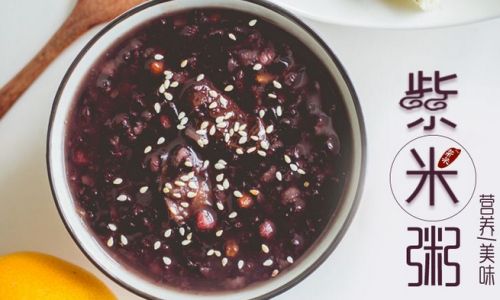
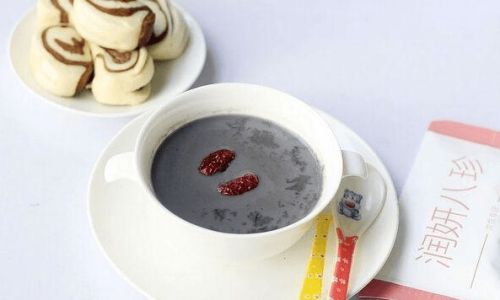
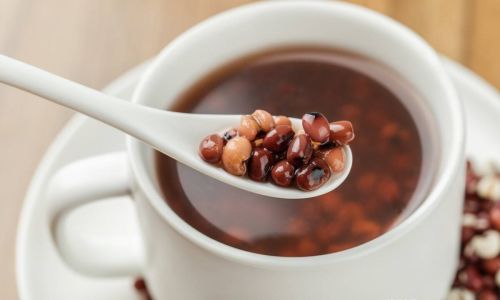
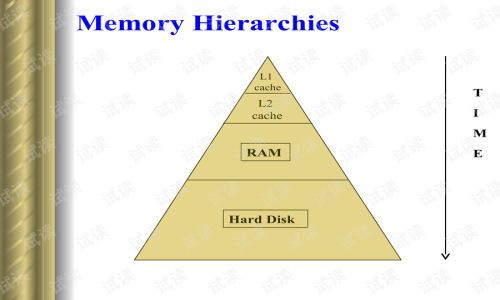


0 comments